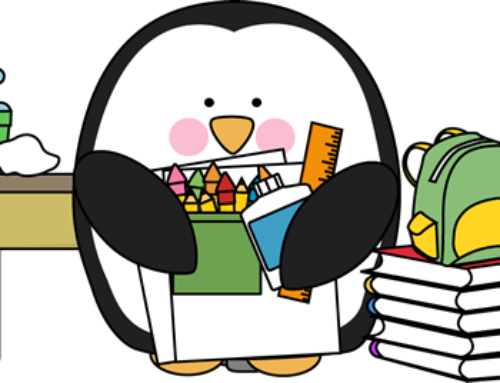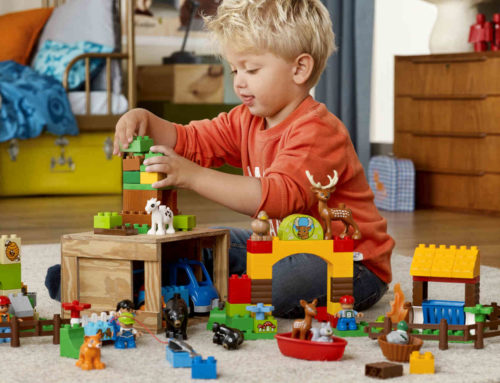When it comes to learning and using new words some children seem to say something new everyday whereas others need a bit more encouragement. In trying to help these children, many parents start to ask, “Can you say ______?” or “Say _____”.
Generally speaking, the children who respond best to this technique are the ones who are doing pretty well with their talking anyway. In these instances, this technique can be effective (when used in moderation!). However, asking more reluctant talkers to “Say this” and “Say that” can have the opposite effect, since these children often view these requests as demands and cannot cope with the pressure. Consequently, they shut down and refuse to talk even more.
You can read our previous post for more tips on how to encourage a child who won’t talk.
So what can you do?
Here are some simple strategies you can use to help your child learn new words and stimulate their overall language development…
Self Talk
This is when you talk to your child about what you are doing or what you can see or hear. For example, “Mummy is making dinner. I’m chopping up the vegetables. Now I’ll put the vegetables in the oven” etc. You may find that this type of talk comes naturally to you but don’t worry if it doesn’t! All you need to remember is to speak in short, simple sentences and pause regularly to let everything your child has heard sink in. Try to emphasise the new word by altering your pitch, volume or the tone of your voice while you say it so that it stands out from the rest. Remember, there is no pressure (or requirement) for your child to verbally respond to what you have said. This technique is all about exposure!
Parallel Talk
This is very similar to self talk except that this time you speak about what your child is doing, or what they can see or hear. For instance, “You’re making a tower. You have a blue block. Here are two red blocks. Now there is a yellow block on top. It’s a very tall tower!”. Again, the key is to use short, simple sentences to provide your child with examples of the type of words and phrases they could use in that situation. It is not about asking questions and getting answers.
Imitation
We are not talking about the “Can you say ____?” kind of imitation here! This is a great technique to use to help your child learn how to say a word clearly, without putting pressure on them. For example, if your child sees a duck and says “Duh!”, you can then imitate them by replying “Yes, duck” while emphasising the “k” sound. Or if your child says, “Do” when getting their shoes on, you could imitate that as, “Wow, shoe!” while emphasising the “sh” part. Remember this is about you imitating your child and not the other way around!
Interpret
If your child uses an action or a gesture instead of words to communicate with you, you can interpret their message and respond by saying the words you think they would say if they could. For example, when a child puts their arms up to be picked up, you would probably interpret that message as being “I want you to pick me up”, so you could say something along the lines of “Up!” or “Up please”. Similarly, when your little one is happily eating one minute and then throwing their food on the floor the next, you can interpret that as meaning that they have had enough and can then model, “Finished” or “No more toast”.
Expansions
This is when you take what your child has said, and repeat it with the missing words and grammar added in. For example if your child sees a car drive past and says “car gone” you might reply by saying, “Yes the car has gone”, or if your child drops their ball and says, “Oh no! Ball!” you could say, “Oh no! You dropped your ball”. This technique is essentially repeating a “child like” sentence in it’s more “adult” form. Whilst it is important that your response is grammatically complete it also needs to be appropriate for your child’s level. The best way to ensure this is to use the words your child used and only make your response slightly longer than what your child said initially. For example, if your child sees a dog walk past and just says, “Dog” – “Bye bye dog!” is a much more appropriate way to respond compared to, “That Golden Retriever is limping and seems to require medical attention”.
Extensions
These are very similar to expansions, as you still repeat and expand your child’s message but in this case you go a step further and extend it by adding in new information. For example, if your child says “Daddy gone”, you could say, “Yes, daddy has gone. Daddy has gone to work”. If your child says, “Ball!”, you might say, “You’ve got a ball! Roll the ball”.
Comments
Making a comment is similar to using self talk and parallel talk. A key difference however, is that in self talk and parallel talk you are talking about things in the “here and now”, whereas when making a comment you get the chance to discuss things that your child cannot necessarily see or feel at that moment. Comments are a great way to help children understand what is going to happen or what is coming up next. For example, you might make comments such as, “We need to go to the supermarket today to buy some bread and milk”, or “After lunch you are going to have a sleep”. You can also make comments throughout the day simply to share new information with your child. For instance, if you are reading a book about elephants you might say, “I like lions” as a way to extend the conversation to other topics such as jungle animals or going to the zoo.
Questions
Many parents try to gauge how their child is progressing, or what they know and don’t know by asking questions such as, What’s this?, What’s that?, Where’s the cow?, What noise does a cow make? Where does a cow live? Who else lives on the farm? Can you count how many animals there are? The problem with questions is that asking one after the other after the other, results in the child feeling like they are being tested. Sometimes a child might actually know the answers to all of your questions, however the situation has made them so uncomfortable that they end up just ignoring you and tuning you out! Therefore, I try to remind parents to make at least 4 statements (using any of the above techniques such as self talk, parallel talk, interpreting, expansions, extensions and comments) for every question you ask.
Remember…
Helping a child learn new words and encouraging them to say more requires you to find the right balance. What works for one family and one child may not be what works for another.
What’s more, you are probably using all of these strategies in your natural conversations anyway, but sometimes it helps to see them set out in black and white so you can reflect on what you currently do, what you think works and doesn’t work for your child and what you might be able to try to do differently.
As always, if you have any concerns about your child’s communication development you should seek the advice of a speech pathologist as soon as possible.
Don’t forget to Like Modern Speechie on Facebook for more information and tips to help your child be the best communicator they can be!






